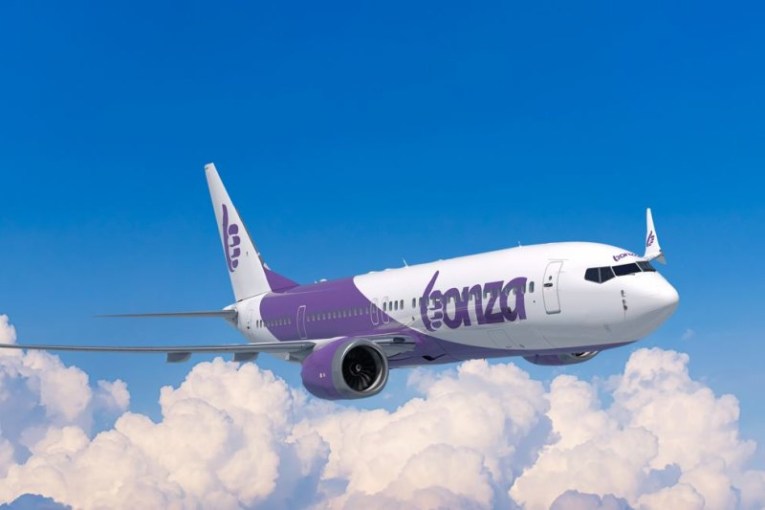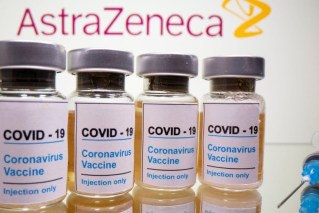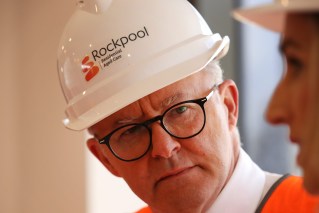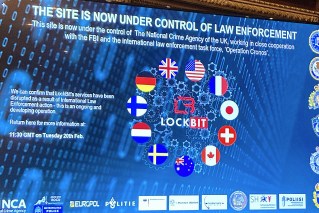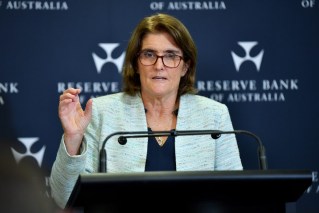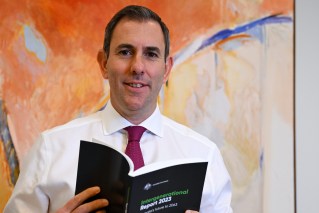How a small Brisbane company has found a lucrative entry into a new gold rush
Hundreds of millions of taxpayer and private dollars have been plunged into developing green hydrogen states, but new discoveries, including one by a Brisbane company, could make it all redundant.

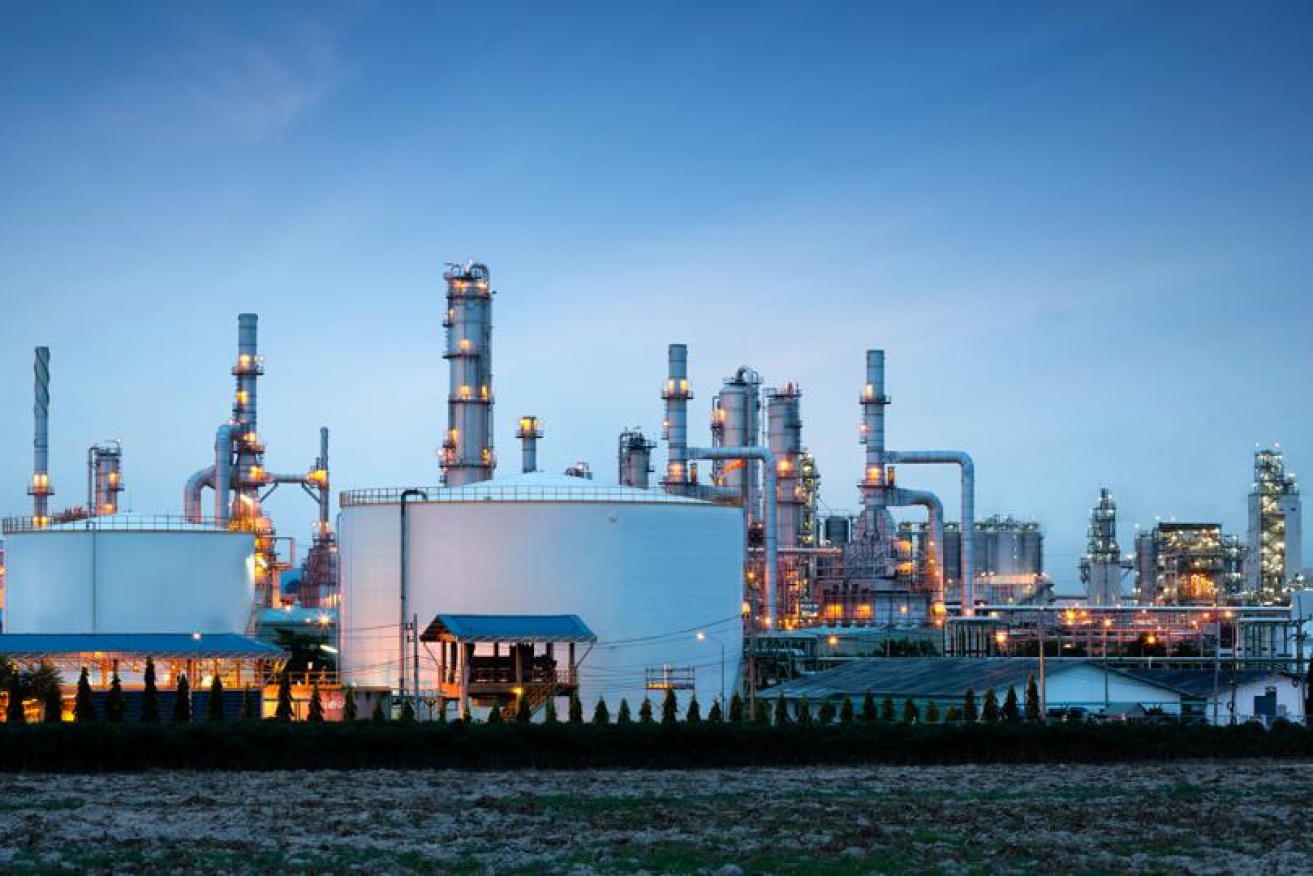
The hydrogen industry is estimated to be worth $11 trillion. (Photo: Reuters)
Shares in the Brisbane-based Gold Hydrogen (GHY) are on a gallop and for good reason, the company could have found a ground-floor entry into a new industry.
In the past year, GHY shares have climbed 300 per cent as speculators try to cash in on the company’s potentially huge hydrogen/helium discovery in South Australia.
Lots of people are watching what unfolds for GHY because of the massive potential natural hydrogen brings, particularly the expectation that it could be at a significantly lower cost to green hydrogen, which is the product government’s have been throwing their money at.
Of course, it’s too early to claim anything with certainty but there is a lot of promise.
One US expert, Geoffrey Ellis, has predicted there could be as much as 5 trillion tonnes of naturally occurring hydrogen around the world.
Not all of it will be accessible, but Ellis has said that if just a few percent was recovered it could be an enormous impact of global gas demand.
Forecasts of investment in natural hydrogen have reached $630 billion by 2050 and $184 billion by 2030.
Should that be true, the development of green hydrogen (made with renewable energy and water) would face another hurdle, apart from the current big hurdle of it being uncommercial.
Green hydrogen also needs 10 litres of water for every 1kg of hydrogen created, which could cause environmental and social problems as well as considerable angst from other water users.
None of that has stopped Queensland from throwing money at it in the hope that costs will come down. It invested $29 million in CS Energy’s Kogan hydrogen project and $15 million into Stanwell Corporation’s central Queensland hydrogen project. Both companies are also government-owned corporations.
The potential is not just for Australia’s domestic needs but also for export which could go some way to replacing coal exports as demand for that commodity reduces.
Queensland is not alone is seeing promise. Microsoft billionaire Bill Gates has also thrown some of his vast fortune into a Colorado-based hydrogen start up and the US Department of Energy has taken a punt on a project in Oman.
Natural hydrogen offers a lot of promise. Importantly, it burns without greenhouse gas emissions and the expectation is that it can be extracted, transported and stored at a much lower cost than green hydrogen.
The reason no one has exploited natural hydrogen before was because there was no significant market for it. No one explored for it, no one really wanted it because hydrogen made from fossil fuels was easy and cheap.
There was also a belief that there wasn’t much available.
Which is why the discoveries of natural hydrogen so far have been by accident. One, in Mali, which remains the only exploited natural hydrogen resource, was discovered when a well digger who was smoking a cigarette, looked down a bore hole. It didn’t end well for the well digger.
Another resource, in France, was discovered during the exploration for methane and GHY’s potential resource in South Australia was left alone after it was first discovered in 1921 while exploring for oil.
GHY, which is chaired by former Foreign Minister Alexander Downer, has claimed its Ramsay project reservoir may extend to an extraordinary depth of 5km, far greater than a technical expert report which had assumed a depth of 50 metres to 150 metres.
GHY’s managing director Neil McDonald claimed the Ramsay discovery was “world class and groundbreaking’’, but would need further verification.
The helium contained in the reservoir could also end up as a world-class resource.
Just how much hydrogen GHY has at Ramsay has yet to be accurately quantified, just as no one really knows how much exists in Australia, although there is a lot of talk about some WA prospects.
In recent years major discoveries of hydrogen have been announced in Mali and France. Exploration is now occurring in Spain, Oman, Germany, Russia, Kazakhstan, Brazil, the French Alps, New Caledonia and the Pyranees.
There were also reports out of Albania of a discovery flowing at 200 tonnes a year.
The discovery in France is believed to contain between 46 and 260 million tonnes, a considerable amount but still nowhere near enough to dent the market for gas.
But there are hurdles for natural hydrogen. Its purity is a big question. If it is bound to other gases like methane than extraction may mean splitting it and finding a storage for the methane.
It is believed that the major resources so far discovered have been created by water reacting with iron rich rocks. It has then been trapped by a layer of rock preventing it from leaching off.
If that is the case, then resources could also be constantly renewing.
